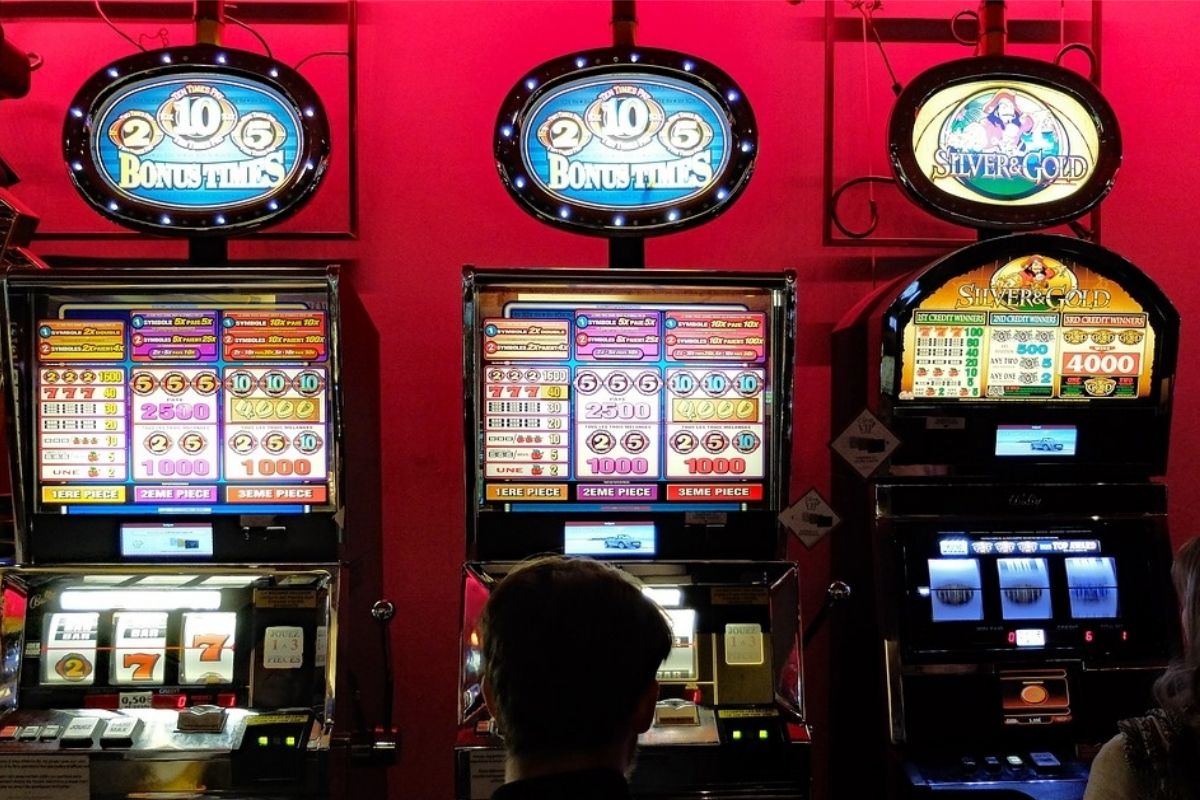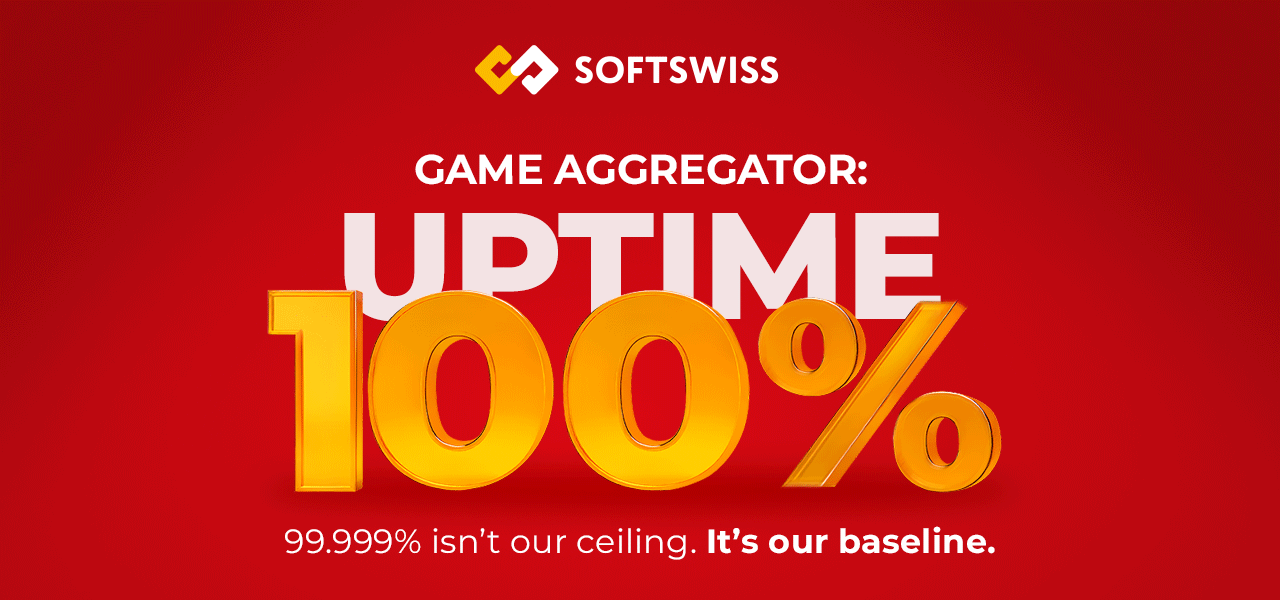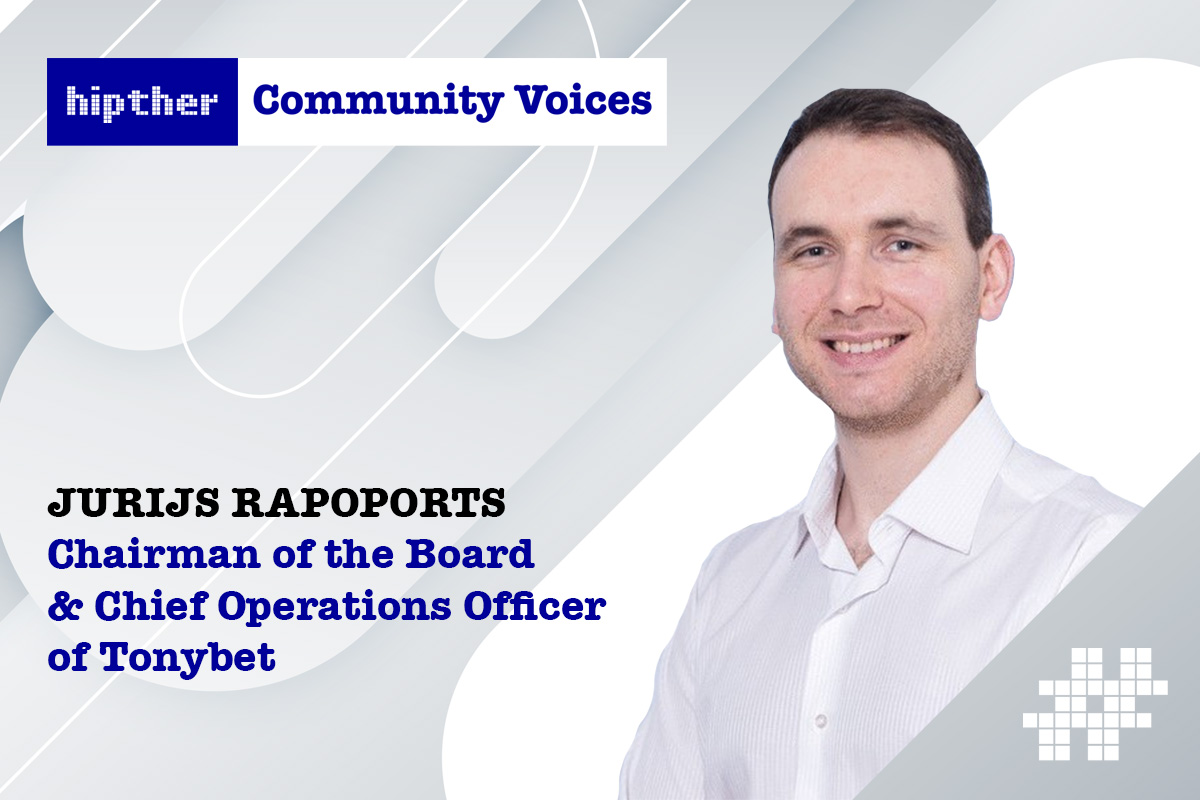Industry News
Myth-Busting UNLV Study Reveals that Gamblers Can’t Detect Slot Machine Payout Percentages

As casino operators optimize the house advantage, a new UNLV study contradicts long-held beliefs about a player’s ability to detect differences in how much – and how often – a slot machine pays.
It’s a common sight on casino floors: patrons jumping from slot machine to slot machine before eventually hunkering down at a game that’s due for the next big payout. But can players – even the regulars who frequent a particular property – really tell the difference between the house edge on one game from that of another?
Nope. At least not according to a series of recent studies led by Anthony Lucas, a UNLV Hospitality College professor and former gaming industry operations analyst.
For the past several years, Lucas and colleague Katherine Spilde from San Diego State University have taken to casino floors on multiple properties in the U.S., Australia, and Mexico to investigate. Their results contradict long-held beliefs by casino operators about a player’s ability to detect differences in how much – and how often – a slot machine pays.
“I think some operators are naturally and understandably cautious of new information that challenges traditional industry practices,” said Lucas. “But we must consider how we know what we know. This is where our work takes on a Moneyball-like aspect – questioning the wisdom of widely held beliefs when data show that a new way of thinking may be better.”
In their latest study, the UNLV-led research team compared two pairs of reel slot games at a “locals” casino in suburban Sydney, Australia, where all wagering occurs on electronic gaming devices.
Their process is relatively straightforward: take two identical slot machines, positioned in similar places on a casino floor, but vary the par – the percent of total coin-in that the machine keeps over time. For example, if the par on a game is set at 10 percent, the machine would be expected to retain $10 of every $100 wagered, on average, over the long term. But in the short term, this rarely happens, increasing the difficulty of par detection.
For this study, researchers compared the daily performance of pairings for the games “Tokyo Rose” and “Dragon’s Fortune X” over a nine-month period. The pars within each pairing ranged from 7.98 percent on the low end to 14.93 percent on the high end.
Researchers measured daily coin-in for each machine as well as its T-win, a formula that multiplies coin-in and par to calculate a machine’s expected value, or its theoretical win. If, over the course of the nine-month test, regular players could detect a difference in the pars, this comparison would reveal whether (and how much) players migrated from higher par to lower par games.
As Lucas predicted, differences between the high and low par games remained stable throughout the length of the study, which meant that there was no statistically significant indication of play migration.
And while the lower par machines had more coin-in over the course of the study period, the T-win was greater on average for the high par machines. The positive impact from the elevated T-win on revenue for the higher par machines more than compensated for the decline in coin-in on those machines.
“Casino operators should take note of the substantial increases in T-win, as they are responsible for optimizing revenues, not coin-in,” said Lucas.
The results were also consistent with findings from the team’s previous studies, which analyzed 11 pairs of games over 180 days at gaming properties in U.S., Mexico and Australia.
So, other than busting one of gaming’s great myths, why does this matter?
Pars are an important factor for casinos looking to optimize revenues, as the bulk of slot revenues come from reel slots, and a lion’s share of a casino’s overall profits come from slot operations. While there are exceptions to this rule, it is true for most of the world’s casinos.
“Ultimately, operators are responsible for optimizing slot revenues, which is no simple task,” Lucas said. “Knowing which par will produce the greatest win is most helpful, but the optimization issue becomes more complex when the possibility of player detection is introduced.”
That’s where industry perspective is mixed, as operators have expressed concerns that short-term gains from higher pars could lead to long-term losses as players leave perceived “tight” slot floors for the greener pastures of their competitors.
To account for this concern, researchers extended length of time from previous work, from six months to nine months. They also expanded the difference in pars between matched pairs from 4.9 percent in the initial study to 6.95 percent in the current study.
In a concurrent study, the researchers compared the Australian data with four, two-game pairings at two similarly situated casinos in Mexico. Par differences for those games were even more drastic – ranging from 7.98 to 8.9 percent.
Despite these factors, in both instances the results still found no evidence of players moving away from higher-par machines to their low-par counterparts, and the high-par games continued to post substantially greater revenues.
“Put simply, our results suggest that greater pars produce greater revenues, without the risk of brand damage resulting from ‘price’ detection,” Lucas said.
Full Study
The study, “Impacts of increased house advantages on reel slots,” was recently published online in the International Journal of Contemporary Hospitality Management.
-

 Africa6 days ago
Africa6 days agoQTech Games wins Best Innovation of the Year at the 2025 SBWA+ Eventus Awards
-

 Asia5 days ago
Asia5 days agoNODWIN Gaming and JioStar Unveil OnePlus Android BGMS Season 4
-

 Latest News6 days ago
Latest News6 days agoVindral appoints Henrik Fagerlund as Chairman of the Board
-

 Latest News6 days ago
Latest News6 days agoCalema to Perform at Legends Charity Game in Lisbon
-

 Conferences in Europe6 days ago
Conferences in Europe6 days agoEGT Digital and EGT to rock the show at SiGMA Euro-Med 2025
-

 Latest News5 days ago
Latest News5 days agoPush Gaming redefines its portfolio, unveiling new game categories and sub-brand for extended player reach
-

 Affiliate Industry5 days ago
Affiliate Industry5 days agoNikita Lukanenoks Brings Slotsjudge Into Spotlight With Affiliate Leaders Awards 2025 Nomination
-

 Latest News6 days ago
Latest News6 days agoThunderkick returns for an even fierier fiesta in Carnival Queen 2


















